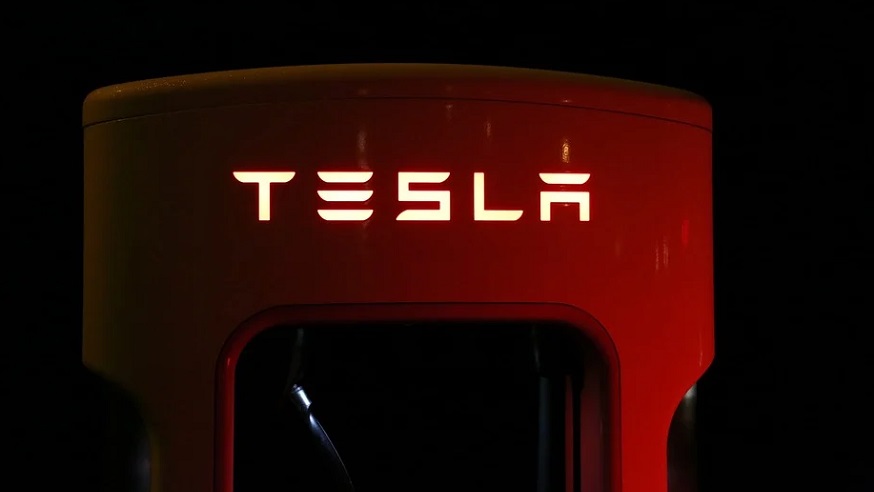Electric vehicle maker Tesla Inc has stated that it will be forgoing directors and officers liability insurance for the 2019-2020 policy hear. The reason they gave for skipping the coverage is that insurer premiums quotes were “disproportionately high.”
That said, Tesla won’t be without any form of D&O coverage at all.
Elon Musk, the company’s CEO, has stated that he will personally provide coverage “substantially equivalent” to the directors and officers liability insurance Tesla would receive from traditional insurers. Musk will provide the coverage for one year along with other Tesla board third-party beneficiaries. This was revealed in a 10K/A statement the California-based EV automaker filed with the US Securities and Exchange Commission.
“The Board concluded that because such arrangement is governed by a binding agreement with Tesla as to which Mr. Musk does not have unilateral discretion to perform, and is intended to replace an ordinary course insurance policy, it would not impair the independent judgment of the other members of the Board,” read the filing.
Forgoing traditional directors and officers liability insurance in this way is not entirely unheard of.
In situations comparable to that at Tesla, where D&O policy premiums are very high and clients are cash-heavy and risk-tolerant, companies sometimes choose this form similar to self-insurance. These clients look at the high premiums in the context of the bigger picture. They view substantial value in front of them and prefer to take on the coverage themselves.
This may become a rising trend in the immediate future as D&O rates are predicted to rise while policies offer reduced limits and boost exclusions. This trend is directly connected to the COVID-19 coronavirus pandemic.
That said, in the case of Tesla, this is clearly not a move without risk. Last month, a federal judge ruled that Tesla and Musk are required to face a lawsuit. The suit accuses the electric vehicle maker and its CEO of misleading shareholders when Musk infamously  tweeted that he had secured the funding needed to complete a $72 billion transaction to take the company private.
tweeted that he had secured the funding needed to complete a $72 billion transaction to take the company private.

